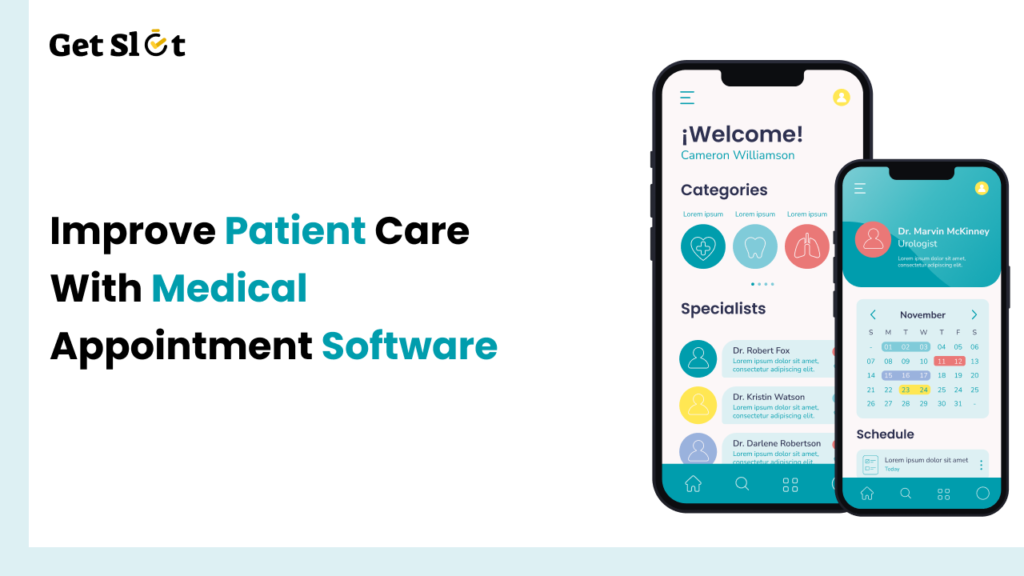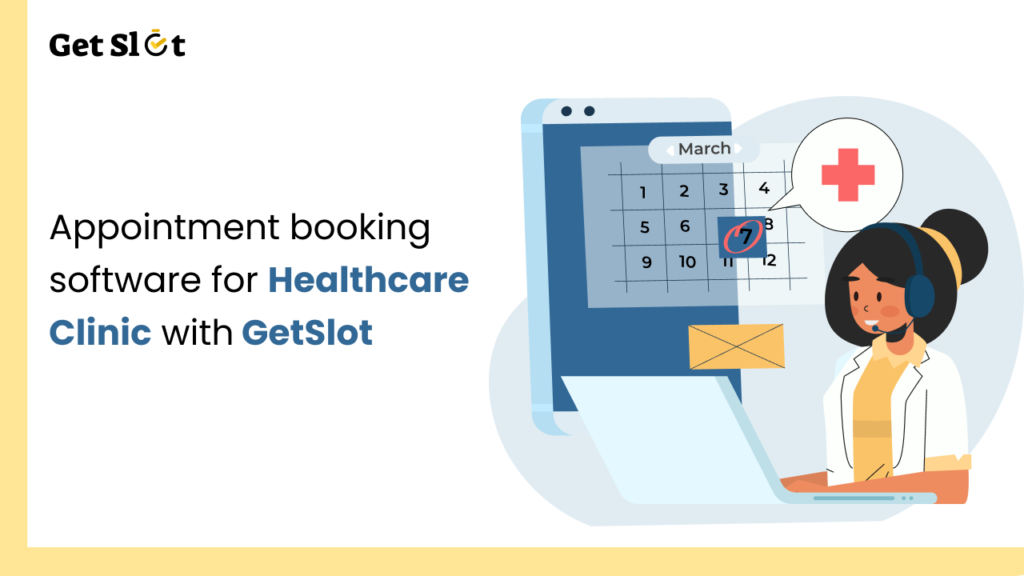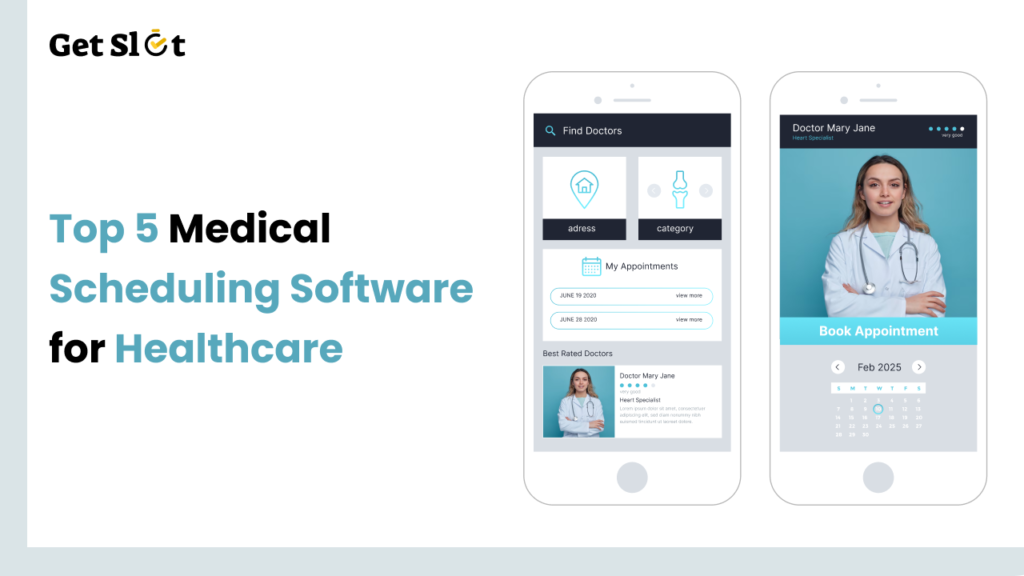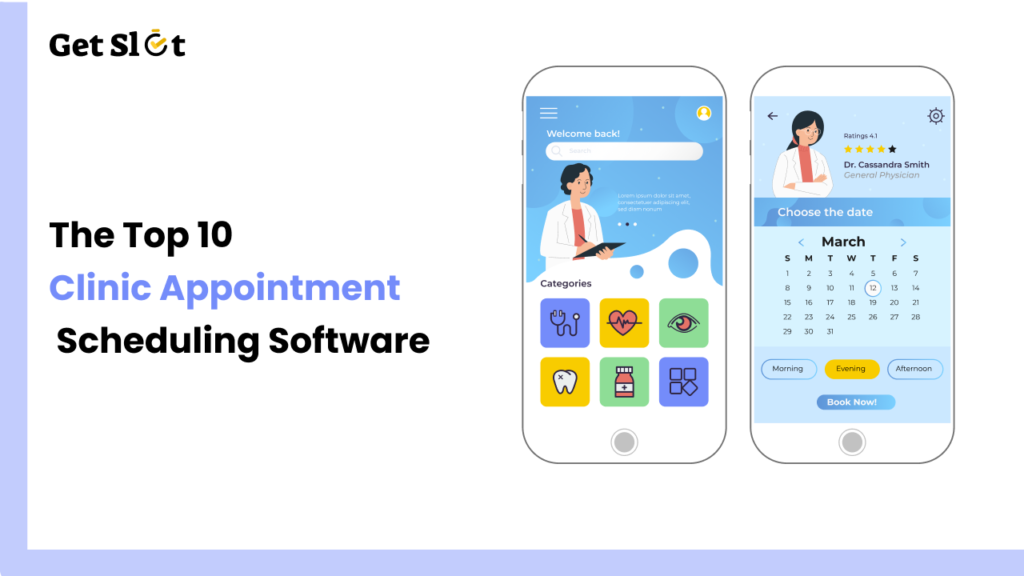In the healthcare world today, care is beyond medical treatment. It is also about how well one manages time and the patient experience. A great deal of such responsibility is involved in booking, rescheduling, or managing appointments. Medical Appointment Software has a very evil effect on the critical experience, with long waiting times, missed visits, and double bookings.
Here is where appointment management software balances the act. It smoothens scheduling activities for healthcare providers, thus reducing human error and increasing good care. In this blog, we describe how appointment software is used for medical purposes in enhancing patient care and benefiting your clinic or hospital.
What Is Medical Appointment Software?
A medical appointment system is a computer-based tool used by clinics, hospitals, or individual health practitioners to manage patient bookings. It automates appointment scheduling software, reminders, cancellations, and rescheduling. Most of these software tools are web-based and have 24-hour availability, making it convenient to work for both staff and patients.
How Medical Appointment Software Improves Patient Care
1. Reduces Waiting Time
Long wait times are one of the prominent complaints in healthcare. With more organized appointments through medical appointment software, a smooth flow of patients is established.
How it helps:
- Avoids double booking
- Distributes appointments evenly throughout the day
- Notifies staff about changes in real-time
Patients do not spend much time in the waiting rooms but more time in one-on-one sessions with their doctor.
2. Sends Automated Reminders
Missing an appointment is a common concern. Medical appointment software can send automated reminders via SMS or email.
Benefits include:
- No-show decrease
- Patient prepared before
- Staff don’t have to call to remind patients manually
This improves attendance and further widens care realization.
📱 Stay connected—follow us on Instagram, Facebook, Twitter, and more.
3. Makes Booking Easier for Patients
Patients nowadays ask for convenience. Medical appointment software lets a patient book an appointment online anytime.
Why is it important:
- No need to call during working hours
- Patients choose the times and doctors most suitable to them
- Enhances patient satisfaction while minimizing workload on reception
Increases booking speed and makes it patient-friendly.
4. Improves the Accuracy of Information
In manual booking, there can be an error in recording the wrong patient information or wrong time slots or no entries at all. The medical appointment software makes sure records are both secure and accurate.
It provides:
- Real-time update
- Centralized patient information
- Less human error
More accurate information, and hence better to make decisions on care.
5. Helps Manage Emergency and Follow-Up Appointments
Certain patients require emergency care and follow-up care. Medical appointment software makes sure that these cases get the required precedence without disturbing the overall schedule.
It facilitates:
- Waitlist for cancellations
- Reschedule made simple
- Priority slot for emergency care
Patients in need of urgent service shall be treated faster.
Additional Benefits for Healthcare Providers
1. Better Use of Staff Time
The automation of appointment tasks helps in freeing up time for medical staff and reception teams. So, they can pass this time on patient care instead of paperwork.
2. Clearer Daily Schedules
Having appointments laid out clearly for the physician and nurses to see helps in preparing for the visit.
3. Data for Planning and Reports
The software for appointment and medical activity keeps records of appointment history and trends, which can be used in planning staff shifts, workload balance, and service improvement.
Common Features to Look for in Medical Appointment Software
When searching for software, consider the following features:
- Online booking: so that patients can book their appointments anytime
- Automated reminders: to keep no-shows to a minimum
- Calendar integration: so that the doctors’ calendar is kept updated
- Patient profiles: to have on record all history from past visits to medical records, and contact information
- Rescheduling & cancellation: overall ease of use for both patients and staff to reschedule or cancel appointments
- Reporting: view trends and analyze performance
A good tool should make things easier, not more complicated.
Things to Consider Before Choosing a Solution
Some considerations before you select medical appointment software for your clinic should be:
- Your clinic size and number of staff
- Your current challenges (e.g., no-shows, long queues)
- Your budget
- Whether your patients are comfortable with online booking
- If it integrates well with your current systems
If given the opportunity, start with a free trial to see how it works.
More Updates For: Patient Scheduling Software: 9 Ways to Improve Scheduling Patient Appointments
The Future of Medical Appointment Software
Growing with the advancements in technology, medical appointment software will be made highly advanced. Some of the advancements for the future may include:
- Appointment suggestions powered by AI
- Booking using voice commands via a smart assistant
- Patient rescheduling through chat
- Predictive alerts regarding late or no-show patients
Keeping oneself updated about the newest tools will help in making the clinic efficient and patient-focused.
Conclusion
Improving patient care does not just mean performing something new for the medical treatment; it should ease and smooth the entire patient experience from beginning to end. Medical appointment software stands at the forefront of this. It eases booking, reduces missed appointments, and has a great impact on time management within a clinic or a hospital.
If you are interested in maximizing patient experience, minimizing staff stress, and smoothing out your operation, it might be time to start investing in reliable medical appointment software.
Frequently Asked Questions
Q1. What are the uses of medical appointment software?
It helps clinics and hospitals book patient procedures, remind, and organize schedules.
Q2. How does it help provide good patient care?
The system handles less waiting time, no-shows, and appointment misconduct, which ensures superior service.
Q3. Is it hard to use for staff or patients?
Most contemporary tools are straightforward, with almost no training required. Patients usually book in just a few steps.
Q4. Can it reduce no-show rates?
Yes, with automated reminders and rescheduling made easy, it helps reduce the incidence of appointments not being met.
Q5. What should I look for in good medical appointment software?
Online booking, alert reminders, calendar sync, patient profile database, and reporting tools should be the top features.



